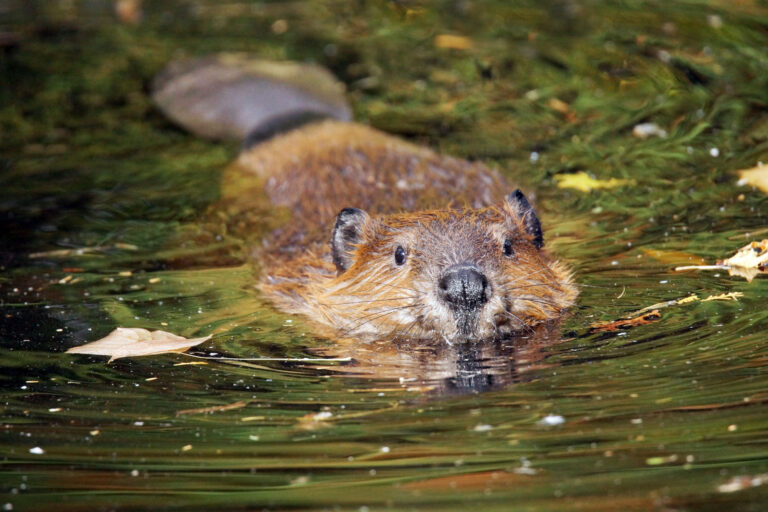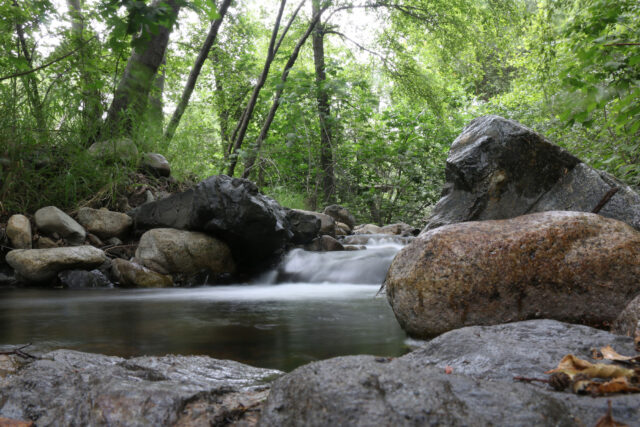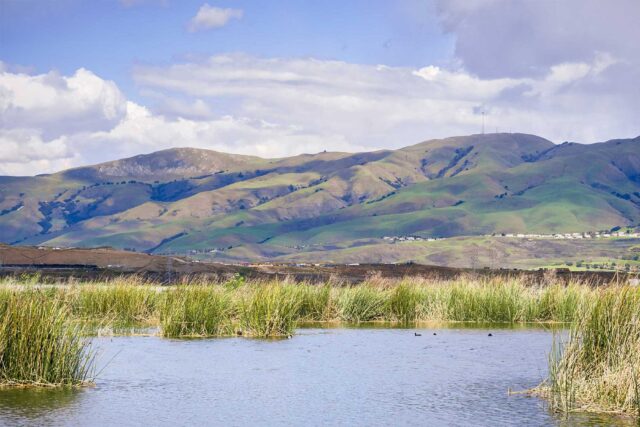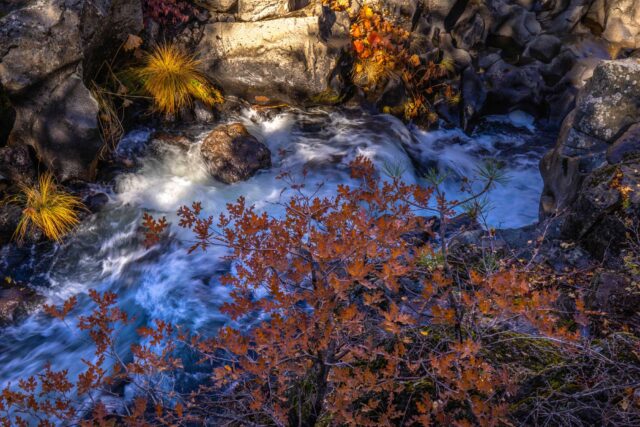Beavers were once ubiquitous in North America, with a population numbering in the hundreds of millions. Trapping and habitat loss decimated their population: There are just 10-15 million beavers in North America today. The California Department of Fish and Wildlife (CDFW) recently allocated money to support beaver restoration throughout the state, calling the beaver an “untapped, creative climate solving hero.” California native Joe Wheaton is a professor of riverscapes at Utah State University who leads teams working on beaver restoration. We asked him to tell us more about this unlikely climate hero and its role in restoring streams and meadows.
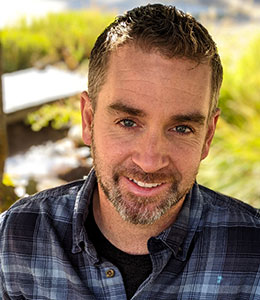
Why bother to restore streams and meadows? Who benefits from healthy meadows?
Collectively, streams, rivers, and meadows made up “riverscapes.” Traditional river and stream management has focused just on the channel, straightening channels while systematically disconnecting them from their floodplains, which are the kidneys of the system. We refer to this as “structural starvation” because it removes woody debris and converts living rivers into drainage channels.
Unfortunately, this makes rivers and nearby communities more vulnerable to floods, fires, and droughts, all of which are exacerbated by the climate crisis. We desperately need healthy riverscapes to help us adapt to the climate crisis.
We now know that you need to give rivers space and maintain their connections to floodplains and meadows. Wet meadows act as carbon sinks and fire breaks, reduce impacts from floods, and provide habitat for fish and wildlife. And beavers are one of the best tools for both restoring and maintaining healthy riverscapes and resilient ecosystems.
Why beavers? How do beavers to a better job than traditional approaches to restoration?
After decades of studying rivers and the ecosystems that depend on them, we’ve learned that dynamic systems—systems that are regularly adjusting and shifting—perform better. Beavers are experts at creating and maintaining these ecosystems: They have at least 30,000–40,000 more years of engineering experience on this planet than we do.
Beavers build dams because it helps them stay safe from predators. But in their pursuit of survival, they create complex and dynamic riverscapes. We hire civil engineers to build gray infrastructure, but for natural infrastructure like riverscapes, we’re better off leaving it to beavers—the quintessential ecosystem engineer.
Beavers and people don’t always get along. What do we do about that?
The beaver is a versatile rodent that can occupy many habitats, which is why they sometimes cause problems for humans. We find them in saltwater systems, in Superfund sites, in pristine systems—all over the place. We find them in irrigation ditches, messing with diversions and sometimes flooding infrastructure.
Our team has worked with different municipalities and cities to come up with adaptive beaver management plans. We identify where it may be desirable to encourage beavers and where they may harm infrastructure. In those places, we focus on simple mitigation measures (e.g. pond levelers, beaver scarecrows, tree harvest deterrents) first, and, if necessary, live trapping and relocation. Live trapping is a last resort, however—it’s much easier to deter beavers than to relocate them. However, if we relocate a family of beavers to a beaver dam analogue, they can become a much-needed restoration agent in their new home.
Are there policies or regulations that would need to change to help beavers in California?
On the federal side, it’s still early days for most regulatory agencies in California. The Bureau of Land Management, the Fish and Wildlife Service, the Forest Service, and other agencies have California staff who want to see beavers on the landscape.
On the state side, the most important agency is California Department of Fish and Wildlife. While there’s interest at the ground level, there has been long-standing misinformation that beavers were not endemic to California, leaving the agency 10 to 20 years behind their counterparts in other Western states. Fortunately, with the governor’s new direction, and critical funding resources, the agency is poised to catch up. Good policies will recognize beavers simultaneously as a potential nuisance and a benefit.
Without support from agriculture and ranching, restoration efforts could backfire. In the UK, beavers are now a protected species, which—much like an endangered species listing in the US—takes decisions out of local control. That’s a huge problem. It set back relationships with private landowners by decades by pushing too quickly on protection. There’s a delicate balance to strike here—we need to be more pragmatic and careful.
Anything else?
Beavers can come back—but it relies on us getting out of the way. An Idaho rancher named Jay Wilde wanted beavers back in his watershed to restore a perennial stream that had dried up. They were there when he was a kid, but they were extirpated in the ‘80s. He tried to introduce them twice and it didn’t stick. Our team came in and built 25 fake beaver dams over a quarter of a mile of stream and introduced nine beavers. Six years later, beavers are maintaining 23 of those 25 dams, and they’ve expanded out to four miles of riverscape, with over 200 dams. There’s a multiplier effect. Landowners like Jay are telling these stories and helping this idea spread. They give me some hope.

